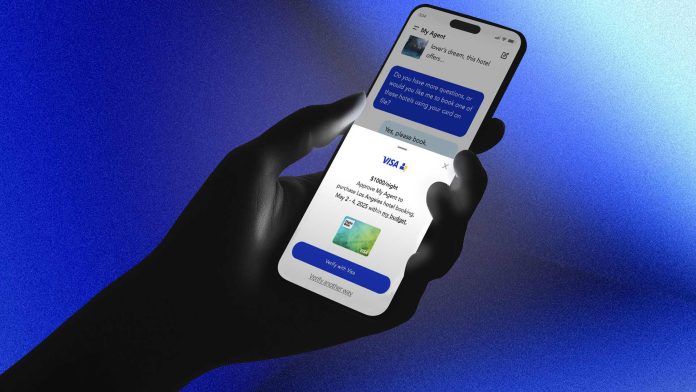Dell announced earlier this week that it was going private in a $24.4 billion deal. The buyout is the largest since Blackstone’s $26 billion takeover of Hilton Hotels in 2007 and will add $15 billion of new debt to Dell.
Dell is clearly at a difficult crossroads. In 2005, Dell was the world’s largest maker of PCs while today it is now third behind HP and Lenovo. Today Dell’s market share in PCs is roughly 11 percent – down from about 16.8 percent in 2005. While PCs have suffered, some of Dell’s other business units continue to expand. Dell’s server & networking revenue grew 11 percent year-over-year during the third fiscal quarter ending November 2, 2012 – the only business unit to experience growth. This growth enabled Enterprise Solutions and Services to grow three percent during a quarter wherein overall revenue was down 11 percent. The most severe revenue declines came from client products like notebook and desktop PCs. Mobility products – which include notebooks – experienced a revenue decline of 26 percent while desktop PCs declined 8 percent.
Here’s a view of things from that most recent 10Q:
During the third quarter of Fiscal 2013, net revenue from our Commercial segments decreased 7%, and represented approximately 82% of our total net revenue. The decrease in our Commercial net revenue was driven by an 11% decrease in net revenue from our Public customers, who continue to experience budget constraints, and an 8% decrease in net revenue from our Large Enterprise segment. Net revenue from our SMB segment decreased 1% during the third quarter of Fiscal 2013. All of our Commercial segments experienced declines in revenue from client products, and for our Large Enterprise and SMB segments, these declines were partially offset by increases in revenue from our enterprise solutions and services offerings. During the third quarter of Fiscal 2013, net revenue from our Consumer customers decreased 23%, and represented approximately 18% of our total net revenue
While Dell’s consumer business is still 18% of revenue – some $2.5 billion in the most recent quarter – it declined 23 percent. More importantly, while the segment added nearly $100 billion in operating income in the year-ago quarter, it had a $65 billion operating loss in the most recently concluded quarter.
In a memo to employees, Michael Dell wrote, ” “Dell’s transformation is well under way, but we recognize it will still take more time, investment and patience. I believe that we are better served with partners who will provide long-term support to help Dell innovate and accelerate the company’s transformation strategy.” Certainly it would be easier for Dell to exit the consumer PC market outside the scrutinizing eye of the financial markets.
A recent analyst report covering Tawainese ODMs suggested Dell and to a certain extent HP have few design-in and models targeting the consumer PC segment in 2013. This might support the belief Dell is pulling out of the consumer PC segment.
At the same time, the consumer PC segment is still a large one for Dell. As I stated above, it generated $2.5 billion in the most recent quarter. But operating incomes have been recently negative – a $65 billion loss in the most recent nine months. In the last nine months, Dell’s consumer segment lost $19 billion in operating income while it made $372 billion in operating income in the same period a year-ago.
Should Dell exiting or even de-emphasize the consumer PC segment, it will probably likely benefit companies like Lenovo, Asustek, and even companies like Vizio who are steadily attempting to make inroads into the PC market. Though Microsoft’s commitment to lend Dell $2 billion as part of this buyout does support the belief Dell won’t disrupt the PC market with a grand exit anytime soon. “Microsoft is committed to the long term success of the entire PC ecosystem and invests heavily in a variety of ways to build that ecosystem for the future,” Microsoft said in a statement – one that doesn’t point to Dell making major changes within the PC business units.
How important the PC business – and specifically the consumer PC business – will be in helping Dell pay down its new found debt remains to be seen. The New York Times article on the buyout reads, “despite taking on an additional $15 billion in debt, Mr. Dell and Silver Lake argue that the company will survive, thanks to the cash that the PC business still generates” and “people involved in the transaction said that the buyers had prepared for potential further declines in the PC business, but intend on at least maintaining the company’s position. Dell’s cash from operations has held steady for four of the last five years, coming in at $5.5 billion for the most recent fiscal year.”
These statements don’t seem to take into account the financial reality of what’s happening at least within Dell’s consumer PC business. Over the last 9 months Dell’s consumer PC business has negative operating income so there is no “cash” to pay down debt from this division. If things continues, it will require some of said cash. And since operating income contributes to net income which contributes to cash flow from operations, Dell’s consumer business doesn’t currently contribute to helping maintain Dell’s cash from operations.


